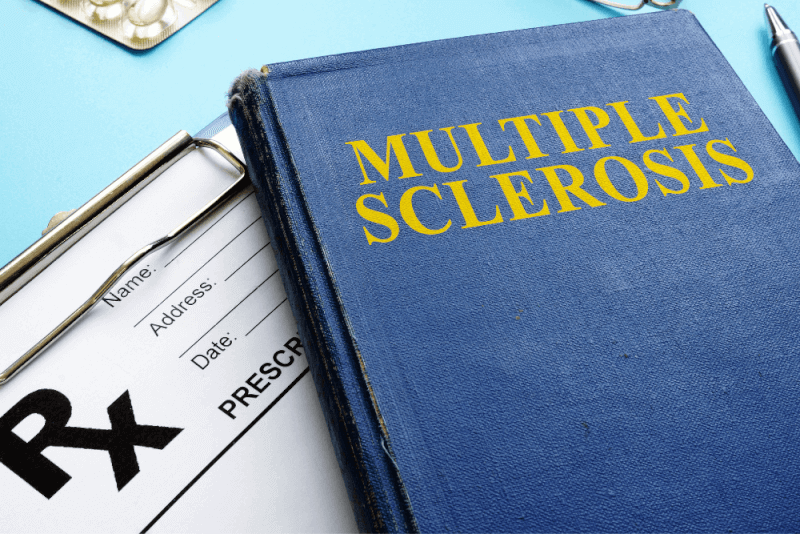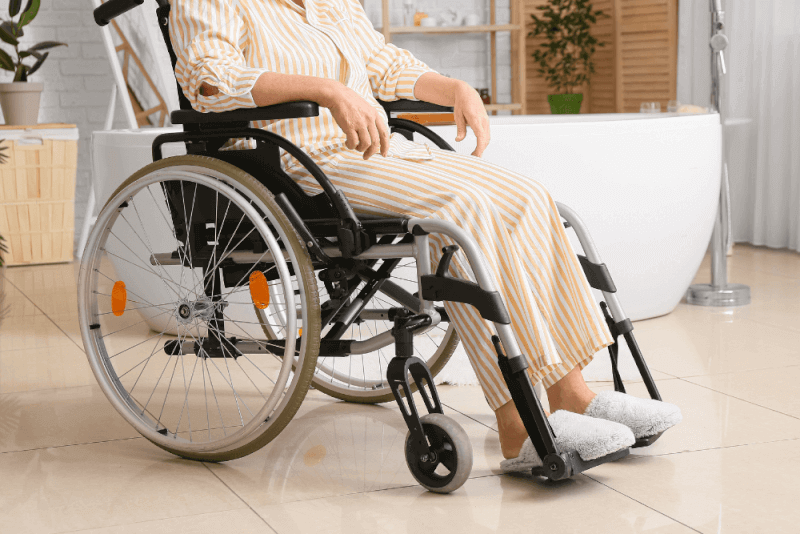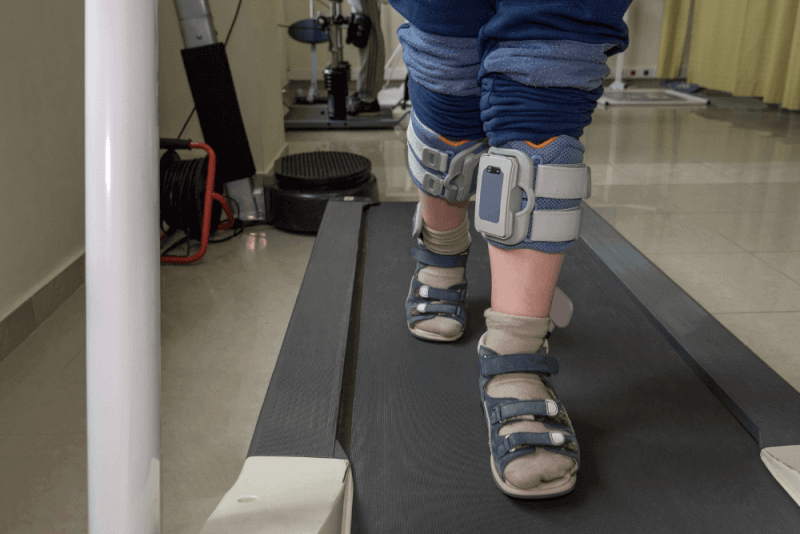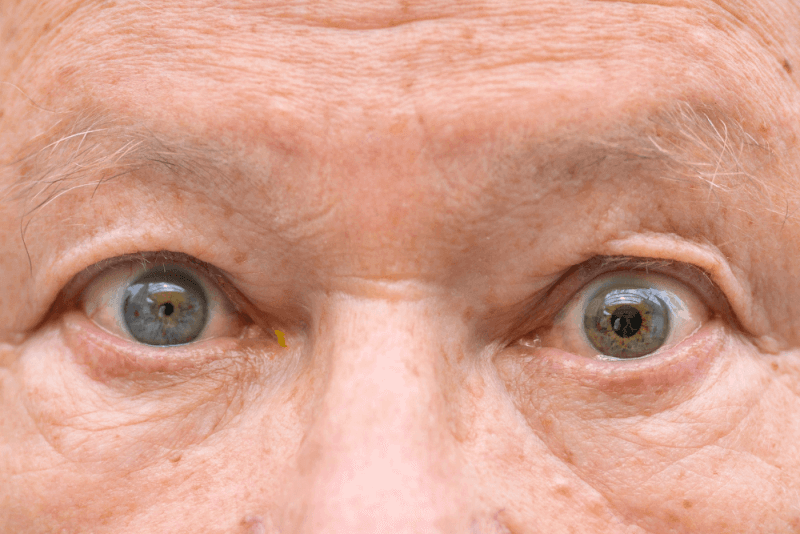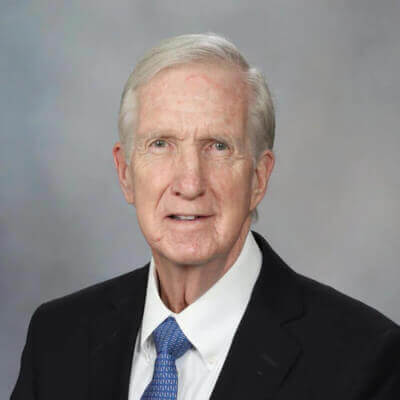30 Second Summary
- Dystonia can occur in any part of the body, but most commonly affects the neck, face, eyes, hands and arms.
- The exact cause is unknown, but it is thought to be due to a combination of genetic and environmental factors.
- There is no definitive cure, but treatments such as medication, botox injections and surgery can help control symptoms.
- It can significantly affect quality of life, but with early detection and treatment it is possible to control symptoms and improve quality of life.
What is Dystonia?
Dystonia is observed as a movement disorder disease. This disease causes involuntary movements in the muscles. It is currently the most common type of movement disorder after Parkinson's and essential tremor. Dystonia is characterized by slow repetitive movements or abnormal posture. Dystonia causes involuntary contractions and twisting (rotational) movements. Jumping and swaying also lead to unexpected abnormal body movements. This disease, which affects any part of the body, often causes pain as a result of involuntary muscle movements that start in a single area such as the neck, eyes, arms, legs and hands.
Dystonia, a neurological symptom, is usually observed under the heading of hyperkinetic movement disorder. The disease is distinguished from other movement disorders by the fact that the contractions are prolonged, continuous and strong in the same muscle group. Although the neurochemical changes that play a major role in the development of dystonia are not yet fully known, it is thought that dystonia develops due to anomalies or damage to the brain or basal nuclei that control muscles and movements.
Types of Dystonia
Dystonia is observed in two different groups in terms of its causes:
Primary Dystonias
Primary dystonia, the cause of which is still unknown, is usually observed in young people in their 20s or 30s. Although stress does not cause this disease, the presence of stress is observed in dystonia patients. Primary dystonias , known as the most common form of dystonia, are among the most common movement disorders after essential tremor, tics and Parkinson's disease. Over the past 20 years, there have been many developments in the field of primary dystonias. The project carried out by HUGO (human genome organization) has accelerated research with genetic discoveries and the discovery of additional variants, resulting in many advances. Thanks to these developments, primary dystonias are observed in twenty subtypes, ranging from DYT1 to DYT20.
Secondary Dystonia
It is generally observed as a tumor seen in women. Secondary dystonias that occur after birth generally occur due to external factors such as drug side effects and exposure to various toxins. Autoimmune, brain injuries, infectious infections and mitochondrial diseases cause secondary dystonia. Neurodegenerative diseases such as Wilson's disease and tic disorders are also included.
Although secondary dystonia includes many different disease groups, the disease can be easily diagnosed when the age of onset, family history, personal history, developmental delay, psychosis, ataxia, hearing loss and comorbidities such as spasticity are taken into account. The presence of factors such as occupational accidents, occupational diseases or exposure to trauma makes the diagnosis of dystonia easier than it should be, as it does not require an additional examination.
Symptoms of dystonia
People with dystonia show symptoms in different ways. In addition, the symptoms of dystonia appear gradually. Another reason for the difference in symptoms seen in patients is the different types of dystonia. Anxiety, stress and fatigue worsen the symptoms. Symptoms according to the areas affected by dystonia are as follows.
Neck
Dystonia with symptoms in the head and neck region is called cervical dystonia. Cervical dystonia is characterized by muscle spasms in the neck and head. In addition, the head is involuntarily tilted to the side and posture disorders are observed.
Eyelids
The symptoms of dystonia in the eyelids are manifested in both eyes. If dystonia shows symptoms on the eyelids, the eye blinks. This causes patients' vision to deteriorate. These involuntary spasms do not cause pain in patients. Symptoms on the eyelids increase in bright light, when communicating with people and when stressed.
Jaw or tongue
Symptoms of dystonia in the jaw and tongue area include the following:
- Speech problems
- Drooling
- Chewing difficulties
- Difficulty swallowing
- Teeth grinding
Vocal cords
The symptoms of the type of dystonia called spasmodic dystonia, which causes symptoms in the vocal cords, include the following:
- Audio distortion
- Voice bifurcation
- Sound thinning
- Hoarse voice
Hands and arms
Due to the symptoms in the hands and arms caused by dystonia, patients are unable to perform manual skills that they were previously able to do. For example, patients who can play a musical instrument cannot play a musical instrument. In addition, handwriting also deteriorates. Shoulder stiffness is also seen in dystonia where the hands and arms are affected.
Diagnostic criteria for dystonia
In the diagnosis of dystonia, patients' complaints and disease history are taken first. A physical examination is then performed. In order to confirm the diagnosis of dystonia, some tests are requested from patients.
Blood and urine tests
Blood and urine tests are used to identify toxins in the body and other health conditions.
MRI and CT scan
Imaging systems such as MRI and CT can be used to identify factors that may cause dystonia, such as strokes, lesions and tumors.
EMG
EMG is used to measure physical activity in the muscles.
Genetic tests
Some types of dystonia are caused by genetic transmission. Therefore, determining whether there is genetic transmission is extremely important for treatment planning.
Causes of dystonia
The cause of dystonia is not known exactly. However, it is thought to be caused by problems with various nerves in the brain. Some types of dystonia are due to genetic transmission. In addition, there are some diseases that cause dystonia. These diseases include the following:
- Stroke
- Birth injury
- Traumatic brain injury
- Wilson
- Huntigton
- Parkinson
- Tumors or paraneoplastic syndromes that develop in some cancer patients
- Infections such as tuberculosis or encephalitis
- Oxygen deprivation
- Carbon monoxide poisoning
- Heavy metal poisoning
- Drug poisoning
What are the Classes of Dystonia?
Dystonia can occur in people at any age and is common in childhood or adulthood. This early-onset disease usually occurs in one part of the body, such as the arm or leg. Over time, it may spread to other parts of the body. Some symptoms may increase when stress levels increase, during exercise or at a certain time of day. Although dystonia, which is usually seen in adults, is progressive, it often does not progress. Another way of classifying the types of dystonia is by the parts of the body affected by the dystonia. These are:
Generalized Dystonia
With this tumor, the whole body is affected.
Focal Dystonia
With this class of locally occurring dystonia, a specific area of the body is affected.
Multifocal Dystonia
It is a type of dystonia in which two or more independent parts of the body are affected.
Segmental Dystonia
It is included in the class of dystorias affecting two adjacent parts of the body.
Hemidystonia
It is classified as dystonia in which the unilateral arm and leg of the body is affected.
Psychogenic dystonia
The diagnosis of psychogenic dystonia, a type of dystonia usually seen in young and middle-aged women, varies between 1 month and 15 years. The sudden onset of psychogenic dystonia causes symptoms especially in the lower part of the body. The first symptoms appear especially during times of rest. It is possible for cases of psychogenic dystonia to be diagnosed as an organic movement disorder at the initial stage.
What are the Subtypes of Dystonia?
There are many different subtypes of dystonia. The main ones are listed as follows:
Cervical Dystonia
Cervical dystonia, also known as torticollis or spasmodic torchicollis, is the most common type of dystonia. In the presence of this disease, the neck parts of the patients are mostly affected. As a result, the position of the head is distorted. The head is generally tilted to the right, left, forward or backward. In some cases, the shoulder may also accompany the head, distorting the person's mold. Cervical dystonia, which can occur in almost anyone at any age, is generally more common in middle-aged people. The disease initially presents with mild symptoms and continues to progress over several months or years.
Blepharospasm
It is classified as the second most common type of dystonia. This dystonia is a type of disorder caused by involuntary contraction of the muscles that allow blinking. The first symptom observed in the presence of blepharospasm is an increased frequency of blinking. It is generally seen mostly in both eyes. This spasm can cause the eye to close completely over time. Functional blindness can occur even if the visual function of the eye is not impaired.
Craniofacial Dystonia
In this class of dystonia, the muscles of the head, face and neck are affected.
Oromandibular Dystonia
In this class of dystonia, in which the muscles of the jaw, lips and tongue are affected, daily activities such as eating, speaking or mouth movements become extremely difficult. The disease can spread to other parts of the body within 5 or 10 years of diagnosis. Teeth grinding (bruxism) is very common in individuals with jaw dystonia.
Spasmodic Dystonia
It is also called laryngeal dystonia. This is a type of dystonia that affects the muscle groups that control the vocal cords, or vocal cords as they are commonly known. Symptoms such as muffling, cracking and thinning of the voice are observed, which reduce the sound quality. Laryngeal dystonia, which is more common in women than in men, causes a person to speak in a whisper or gasp for breath. However, it does not affect other functions such as singing, laughing or shouting.
Printer's Cramp and Other Task Dystonias
The most common clinical manifestation is printer cramps. Involuntary contractions occur when writing or just holding a pen. It is generally characterized by wrist and shoulder involvement. If the dystonic movement only appears when typing, it is only described as simple printer's cramp. However, if this is also observed in other hand movements of the body, the disease is called dystonic printer cramp. This disease is more common in painters, secretaries, pianists, bakers, golf and dart players.
Dystonia Treatment Methods
What causes dystonia has not yet been identified. To diagnose dystonia, which often occurs spontaneously, the doctor listens to the patient's history. It determines the diagnosis accordingly by questioning how long the complaints have been present, at what age the disease started, and where exactly the body parts affected by the disease are located. It also investigates the presence of various accompanying clinical problems. Immediately afterwards, a neurological examination is performed. In some cases, additional laboratory and radiological imaging tests are required. It starts the treatment of mild or severe dystonia according to the course of the disease. Apart from these examinations, some drug groups can also be used to provide relief to the patient. In the absence of response to medical treatment, peripheral or central surgical treatment is used.
Dystonia drug treatment
Dystonia is a disease that can be controlled. Treatment is tailored to the individual patient. The medications used help to manage muscle spasms and pain. Among the drug groups used in the treatment of dystonia are the following.
- Neurotransmitters acetylcholine
- GABA
- Drugs that affect dopamine
- Anticonvulsants
- Botox
Dystonia exercises
Exercises are often used to manage the symptoms caused by dystonia. The exercises to be applied in dystonia vary according to the affected areas. For this reason, it is necessary to prepare exercise programs specific to both the affected area and the patient. Dystonia exercises include the following:
- Splint use
- Speech therapy
- Voice therapy
- Stress management



